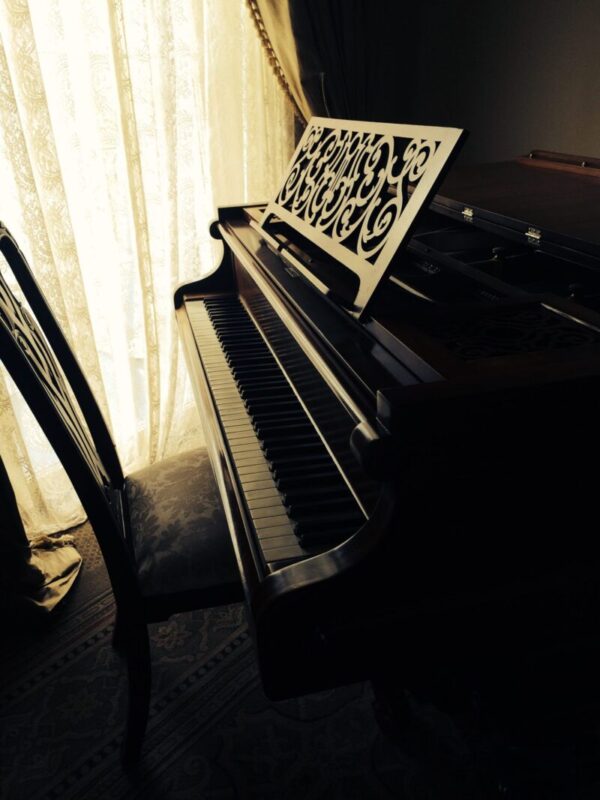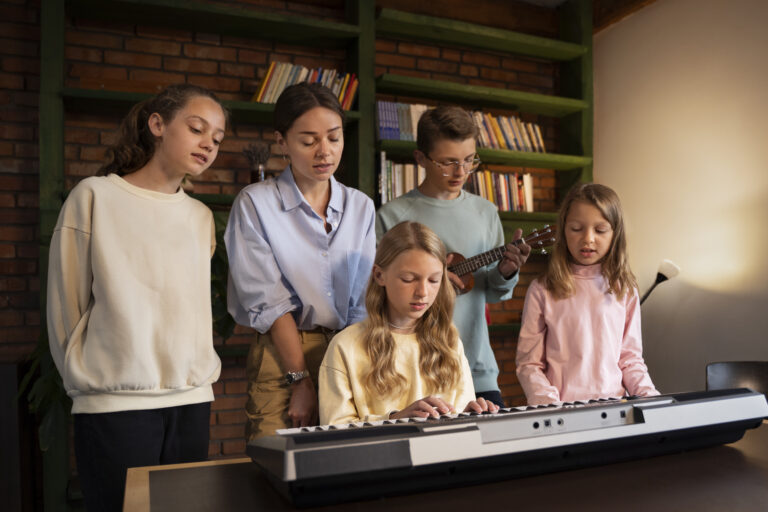The Melodic Mystery: Investigating the Uniqueness of the Piano
The piano is a unique and versatile musical instrument that has been around for centuries. It is a keyboard instrument that produces sound by striking strings with hammers.
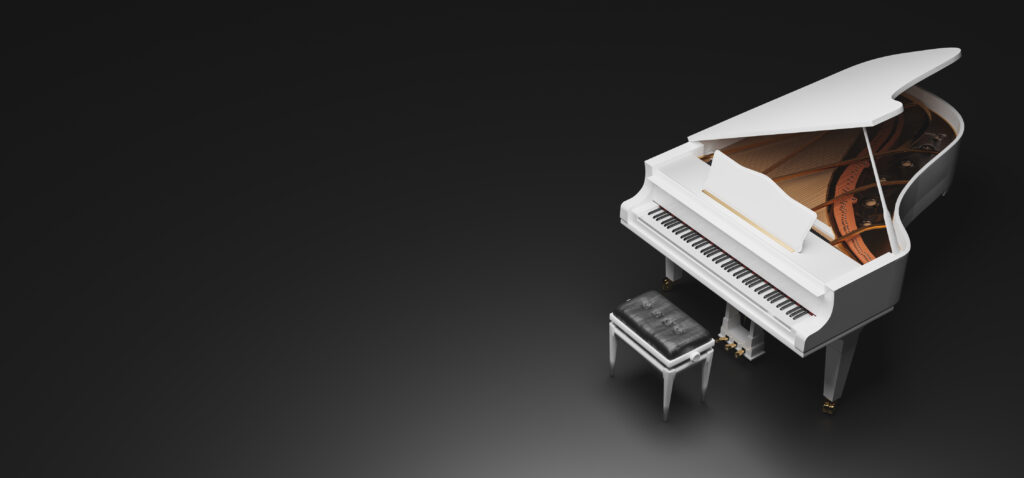
The piano has a wide range of notes, from the lowest note on a grand piano to the highest note on an upright piano. It is a popular instrument that is used in many different genres of music, including classical, jazz, and pop.
One of the special things about the piano is its ability to play multiple notes at once. This is because it is a polyphonic instrument, which means that it can play more than one note at a time. This allows for complex harmonies and chords to be played, making it a popular instrument for composers and songwriters. The piano is also able to produce a wide range of dynamics, from soft and gentle to loud and powerful, making it a versatile instrument that can be used in a variety of musical settings.
Another unique feature of the piano is its ability to sustain notes for a long period. This is due to the use of a sustain pedal, which allows the strings to vibrate freely even after the keys have been released. This creates a rich and full sound that is often used in classical music.
Historical Significance
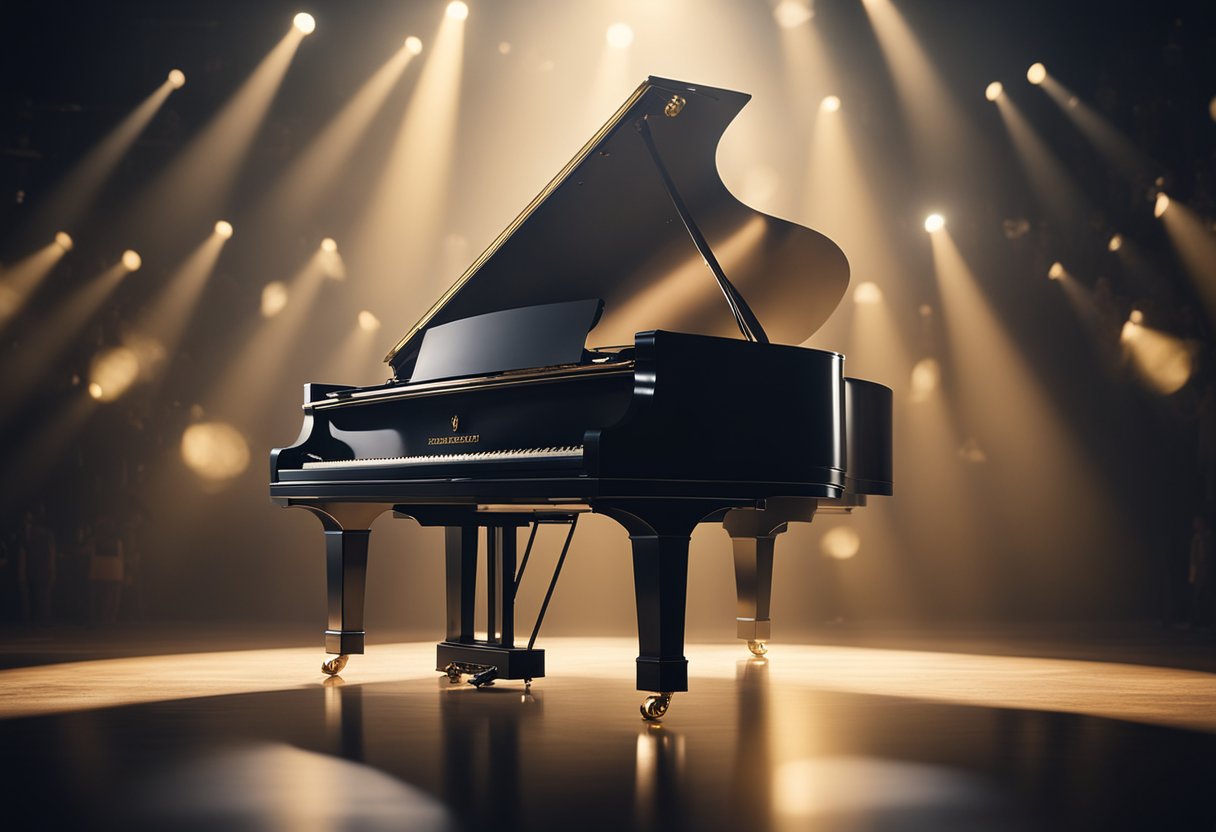
Invention and Evolution
The piano, also known as the pianoforte, was invented in Italy in the early 18th century by Bartolomeo Cristofori. It was an evolution of the harpsichord, which had been the dominant keyboard instrument for centuries. The piano had hammers that struck the strings, allowing for a wider range of dynamics and expression.
Over time, the piano evolved in size and design, with improvements in the mechanism and materials used. In the 19th century, the modern piano emerged, with a cast iron frame, stronger strings, and a more powerful sound. The piano became a staple in homes, concert halls, and music schools around the world.
Famous Composers and Pieces
The piano has been a favourite instrument of many famous composers throughout history. From classical to contemporary, the piano has been featured in countless compositions, from solo pieces to concertos and symphonies.
Some of the most famous piano pieces include Beethoven’s “Moonlight Sonata,” Chopin’s “Nocturnes,” Debussy’s “Clair de Lune,” and Rachmaninoff’s “Piano Concerto No. 2.” Many of these pieces have become iconic and are instantly recognizable to music lovers around the world.
The piano has also been a popular instrument for improvisation and jazz music. Famous jazz pianists include Duke Ellington, Thelonious Monk, and Bill Evans. The piano’s versatility and range of expression make it a favourite among musicians of all genres.
Mechanical Complexity

The piano is a truly remarkable instrument with a lot of mechanical complexity involved in its design. This complexity is a major reason why the piano has become such a popular instrument and is still widely used today.
Hammer and String Mechanism
One of the most complex parts of the piano is its hammer and string mechanism. When you press a key on the piano, a series of levers and hammers are activated, which then strike the corresponding string(s) to produce sound. The hammers are made of felt and are carefully designed to strike the strings with just the right amount of force to produce the desired sound.
The strings themselves are also carefully designed and constructed to produce a wide range of tones and sounds. They are made of high-quality steel wire and are tuned to very precise frequencies to ensure that they produce the correct pitch when struck by the hammers.
Pedal Functions
Another important part of the piano’s mechanical complexity is its pedals. The piano has two or three pedals, depending on the model, each of which serves a specific function.
The most commonly used pedal is the sustain pedal, which is located on the right side of the piano. When you press this pedal, it lifts all the dampers off the strings, allowing the notes to ring out for a longer period. This creates a more sustained and resonant sound.
The other pedals on the piano include the soft pedal, which reduces the volume of the notes played, and the sostenuto pedal, which allows specific notes to be sustained while others are not. These pedals are less commonly used but can add a lot of depth and complexity to a pianist’s playing.
Range and Versatility
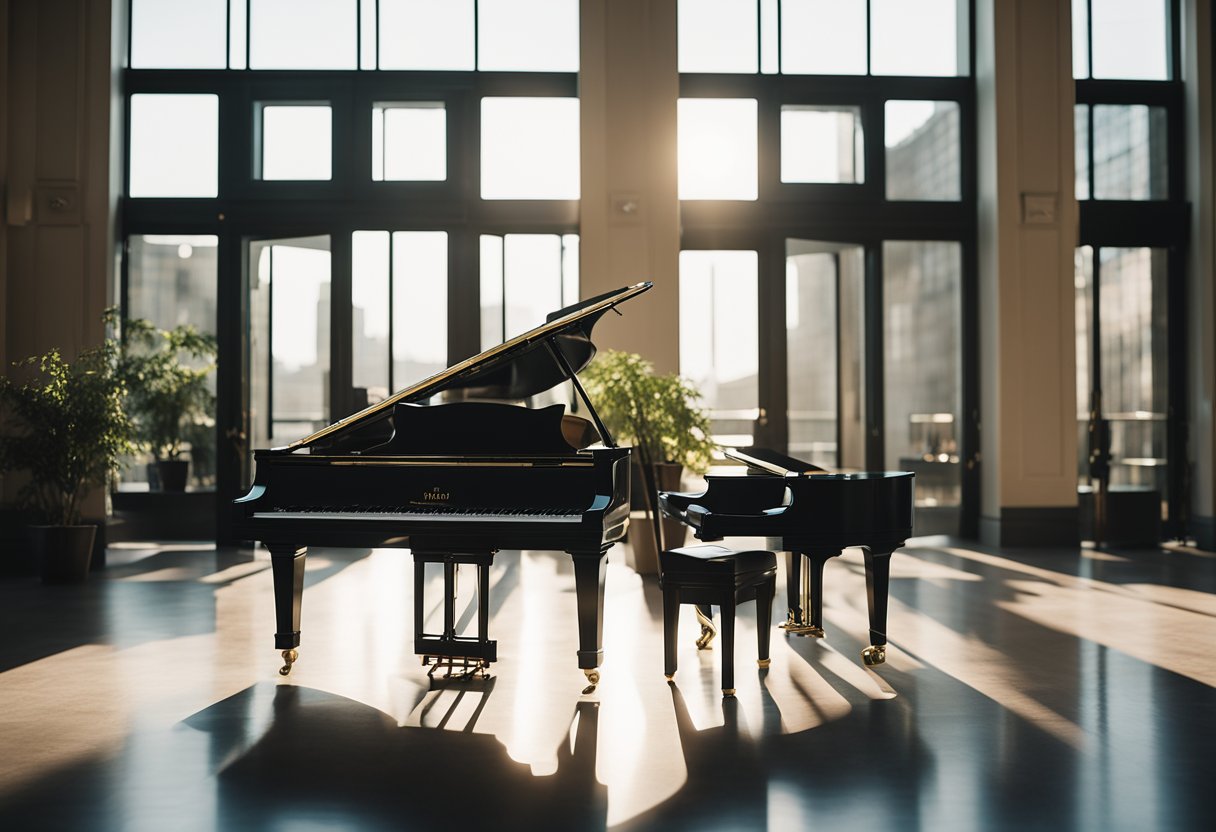
The piano is a unique musical instrument that has a wide range and versatility. It can produce a vast array of sounds, from soft and delicate to powerful and thunderous. This makes it a popular choice for musicians across various genres and styles.
Musical Genres
One of the reasons why the piano is so versatile is its ability to adapt to different musical genres. Whether you are playing classical, jazz, rock, or pop, the piano can blend in seamlessly. It is a staple instrument in classical music and is often used to accompany orchestras and operas. In jazz, the piano is often the lead instrument and is used to improvise and create complex harmonies. In rock and pop, the piano is used to add depth and texture to the music.
Sound Dynamics
Another characteristic that makes the piano special is its sound dynamics. The piano is capable of producing a wide range of dynamics, from the softest pianissimo to the loudest fortissimo. This allows for a great deal of expression and emotion in the music. The player can control the volume and intensity of the sound by adjusting the force with which they strike the keys.
Cultural Impact
Education and Learning
The piano has played a significant role in the education and learning of music. It is often one of the first instruments that students learn to play, as it provides a solid foundation for understanding music theory and developing technical skills. Piano lessons can help students develop hand-eye coordination, dexterity, and discipline. Additionally, learning to play the piano can improve cognitive function and enhance memory and concentration.
Symbolism in Media
The piano has also had a significant impact on popular culture and media. It is often used as a symbol of sophistication, elegance, and refinement. In movies and television shows, the piano is frequently featured in romantic scenes or as a backdrop for emotional moments. The piano has also been used in various genres of music, from classical to pop, and has been a staple in many famous songs and compositions.
Innovations and Technologies
Digital Pianos
Digital pianos have revolutionized the way people play the piano. They offer several advantages over traditional acoustic pianos, such as the ability to adjust volume and use headphones for silent practice.
Digital pianos also provide a wide range of sounds and effects, giving musicians the ability to experiment with different styles and genres.
One of the most significant innovations in digital pianos is the use of weighted keys. This technology mimics the feel of an acoustic piano, providing a more authentic playing experience. Additionally, digital pianos can be connected to computers, allowing for recording and editing of performances.
Advancements in Manufacturing
Advancements in manufacturing have made pianos more affordable and accessible to a wider audience.
Computer-aided design and manufacturing have allowed for more precise construction and assembly, resulting in higher-quality instruments. Additionally, the use of new materials and techniques has made pianos more durable and easier to maintain.
One of the most significant advancements in piano manufacturing is the use of carbon fibre. This material is lightweight yet strong, making it ideal for piano components such as soundboards and keybeds. Carbon fibre also resists changes in temperature and humidity, reducing the need for frequent tuning and maintenance.
Frequently Asked Questions
What are the unique characteristics of a piano?
The piano is a unique instrument that produces sound through a combination of mechanical and acoustic elements. The keys of the piano are connected to hammers that strike strings, which then vibrate and produce sound. This mechanism allows for a wide range of dynamics and tonal colours, making the piano a versatile and expressive instrument.
How does playing the piano benefit brain development?
Playing the piano has been shown to have numerous benefits for brain development. Studies found that playing the piano can improve cognitive abilities such as memory, attention, and spatial reasoning. It can also enhance fine motor skills and hand-eye coordination. Additionally, playing music has been linked to reduced stress and improved mood.
What are some unexpected advantages of learning piano?
In addition to the cognitive and physical benefits, learning piano can also have unexpected advantages. For example, playing the piano can improve communication skills, as it requires the ability to listen and respond to others in a musical ensemble. It can also foster creativity and self-expression, as well as provide a sense of accomplishment and confidence.
Why might the piano be considered a versatile instrument?
The piano is considered a versatile instrument because it can be used in a wide range of musical genres, from classical to jazz to pop. It can be played as a solo instrument or as part of an ensemble, and its ability to produce a wide range of dynamics and tonals makes it suitable for a variety of musical settings.
In what ways can playing the piano impact students’ learning?
Playing the piano can have positive impacts on students’ learning in a variety of ways. It can improve academic performance, as it has been linked to improved math and language skills. It can also enhance creativity and problem-solving abilities. Additionally, playing the piano can improve social skills and provide a sense of community and belonging.
What are three intriguing historical facts about the piano?
- The modern piano was invented in Italy in the early 18th century by Bartolomeo Cristofori.
- Famous composers such as Mozart, Beethoven, and Chopin were all accomplished pianists and wrote many pieces for the piano.
- The piano has undergone many changes and improvements over the years, including the addition of pedals and the development of new materials for the strings and hammers.
